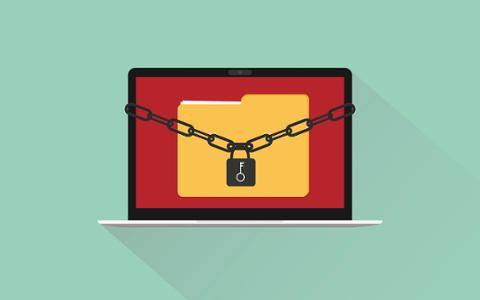Despite the unfortunate layoffs and disruption facing businesses across the economy, there remain many that are in a position to continue hiring. For those organizations, new hire onboarding is still a vital starting point—but for now, it has to move online.
So, how can employers adapt their processes to ensure their remote-working hires get off to a great start, receive the support and training they need, and feel comfortable in those early days and weeks?
Laying the Foundations
Making new employees feel part of the team should begin from the moment they accept their job offer. A great place to start is with a welcome email along with a “Getting to Know You” questionnaire that asks them to share some interesting and fun facts. This could range from their interests and hobbies to favorite movies.
This information can then be used to develop a personalized welcome package filled with company merchandise and goodies to help the new hire feel like a valued part of the team right away. Sending these out before the person’s start date is a great way to show initiative in bringing someone into the fold.
Before the new remote worker employee starts, managers should be informed about the training needed for them so they can build weekly plans. Sending those plans to the employee before their start date can lessen some of the anxiety that comes with starting a new role in an unfamiliar place. Managers should also identify an onboarding buddy to act as a resource for the team member throughout the onboarding process and beyond.
The buddy is chosen based on their role and their interests, so there is some common ground, and their responsibility is to be there for the new employee if they have questions, need help with a project, or simply want to have a casual conversation.
During the employee’s first few weeks, managers should be actively helping build social ties between employees and a broad array of their team members. In normal circumstances, new hires could have coffee with a few people from other teams, but during this period of remote working, managers can bridge this gap with virtual meet-and-greets.
Whether or not someone is a new hire, working remotely can take a toll on their social life. It can also be difficult to share the company culture with new team members. To solve this challenge, plan some virtual social events throughout the week. These might include using tools like Google Hangouts to host virtual coffee chats, or wellbeing initiatives such as virtual yoga or meditation. Ending the week with a virtual happy hour can help employees start their weekend on a high, get to know new people and learn more about company culture.
5 Tips to Consider When Virtually Onboarding Remote Employees:
As with many processes, the devil is in the details, so having a checklist to hand can help ensure other important points are covered:
Introduce the team member in an email and/or Slack channel (or an equivalent communication tool).
The hiring manager can email the entire company to welcome the employee by describing who they are and how they will use their professional background in their new role to help the organization grow.
Turn on video when doing onboarding calls.
This is now widely accepted as best practice for any remote meeting, but is particularly important when virtually meeting a new hire. The same goes for other online meeting tools, such as screen sharing, which provide useful routes to fill the gaps.
Develop short videos, booklets, resource guides and/or slide decks to go along with virtual training sessions.
They can be particularly useful for processes such as expense reporting with accounting and security training with IT. New team members can reference them in the absence of being able to quickly ask colleagues for help. In general, video training materials are an extremely useful part of the onboarding process, whether in the office or working from home. Training videos are more efficient, saving the IT department time by no longer conducting individual training for every new hire.
Install applications on the employee’s computer before supplying it to them.
Be mindful that, for many organizations, shipping equipment to new hires has been made more difficult due to the COVID-19 epidemic (some organizations found that laptops were out of stock, for example). One way to mitigate this issue is to consider buying some buffer stock even before new team members come onboard.
Train new employees in best security practices.
This includes topics such as using password managers to create and store secure passwords, using a VPN, and keeping private information out of view during a video call. Equip team members with reliable backup tools to increase security and prevent the risks of data loss. This is especially important with remote workforces where employees need access to their files from any location.
Once an employee is effectively onboarded and their workstation is ready for daily use, the most important aspect of their orientation begins: ensuring that they’re able to be productive. To help with this, managers should create schedules for their new team members prior to their start date. This way, employees know exactly what they need to do and when they need to do it each day—maybe add a few “go home early” days at the beginning of the week to help ease them into the company’s workflow and prevent them from being overwhelmed.
This combination of thoughtful, inclusive communication and attention to detail can make a huge difference to the experience of starting a new role. As many of us know, the early days and weeks in a job often set the tone for the future—getting it right, even during these exceptional circumstances, remains as important as ever.
Natalie Cook is Director of HR at Backblaze. A graduate of Simmons University in Boston, MA, Natalie has over 15 years of experience in HR and has worked with Diesel, AllSaints and Equinox.



